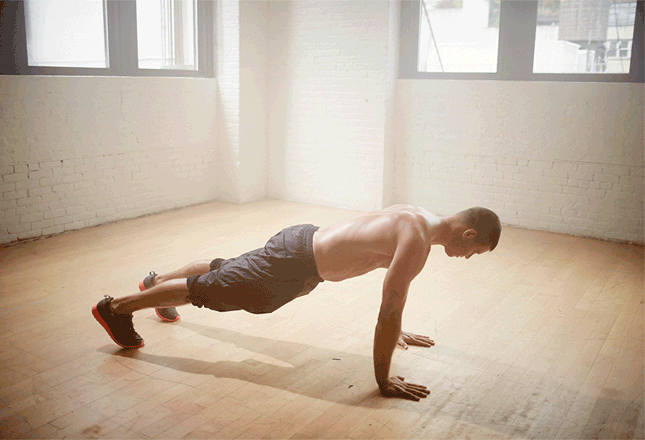So, I have been doing workout routine for a while now. IDK exactly how effective it is, but it certainly seems effective for me and I like it because each exercise is something I can scale up(by either adding weight or changing my form in some way) as I get stronger and its nice and simple.
For example, 15 pushups may seem easy, but I do them very slowly on the way down with a close grip and for now, that is definitely challenging enough.
To understand why I do the exercises I do, you should understand that I am working out at home. I have a bar/weights but no bench, so currently, I am only using the bar for the deadlifts, and I can hold the weights them selves like a kettle bell for squats.
3 circuits of:
2 minute plank
15 pushups
15 squats
pullups/chinups
deadlifts
3 days a week
My problem is with the planks.
I am at the point now where I can consistently hold the planks with my arms touching each other and elbows a bit in front of me ( I read this is harder variation due to additional stability work from the abs) for 2 mins on all 3 circuits.
I don't think the planks are benefiting me as much anymore, now that I can do them easier, and I don't want to just try to keep holding them longer, because I don't think that would benefit me as much as switching the exercise or doing a harder variation.
So, I am looking for advice on what my next step should be.
should I:
A.) keep holding the planks for longer and longer
B.) do some new variation (maybe one legg or something IDK)
C.) start a new exercise (maybe dragon flags or something, those look fun)



